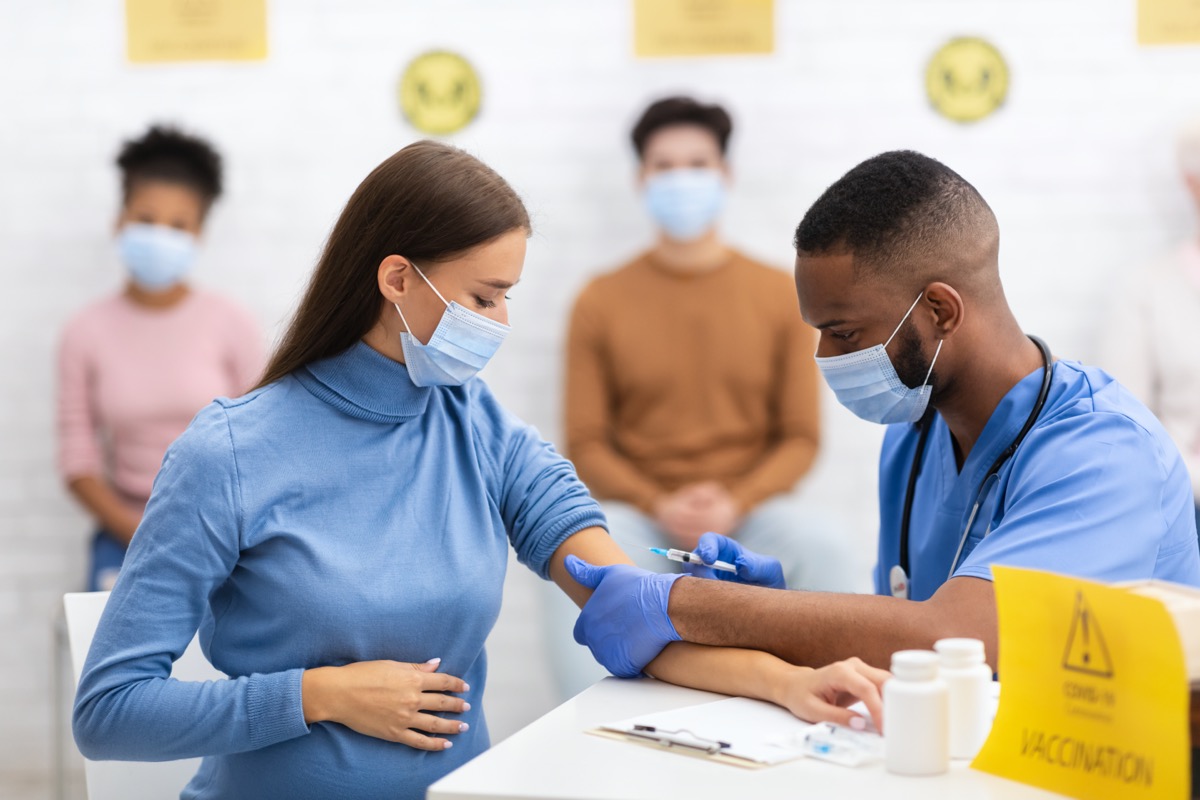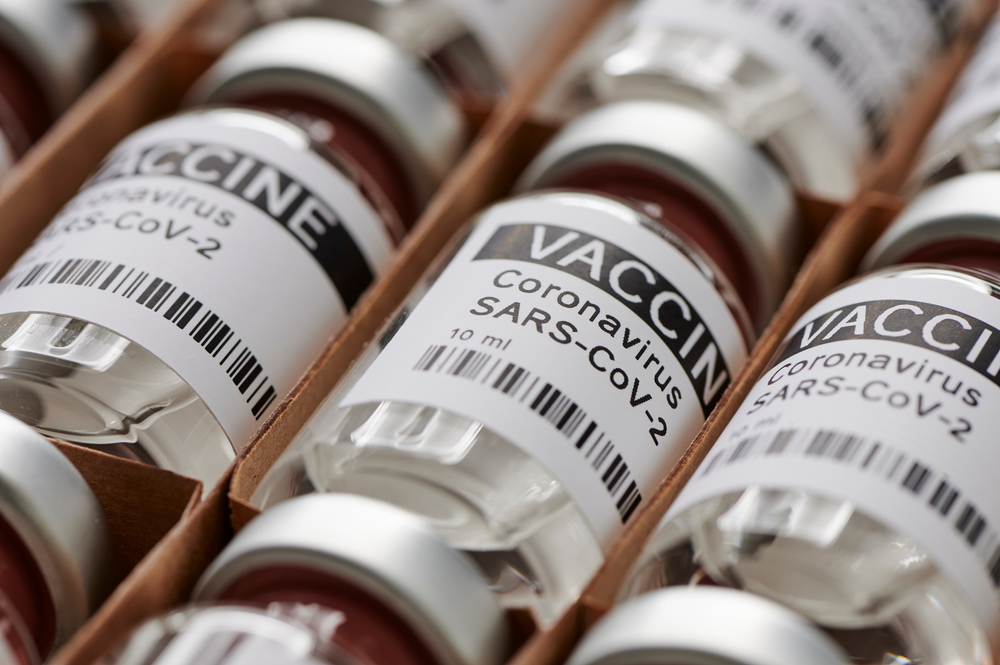As one highly contagious variant begins to spread across the U.S. (and with another looming), health officials are anxious to see shots roll out as quickly as possible to help slow the spread of the virus. But even if about a million doses are administered per day, the general public will still likely be waiting a few more months for their injections. “We’re looking at probably middle of the summer, end of the summer before the average, healthy, young American has access to vaccination,” Celine Gounder, MD, a former member of the COVID-19 transition advisory board for Biden, told CNN during an interview on Sunday, Jan. 24. And for more updates from the current administration, check out The White House Just Reinstated This Major COVID Restriction.ae0fcc31ae342fd3a1346ebb1f342fcb Still, many officials report that there are key pieces of data that are currently unknown, making it difficult to better plan the rollout of vaccines and make it more efficient. During an interview with Fox News Sunday on Jan. 24, newly appointed CDC director Rochelle Walensky, MD, said: “I can’t tell you how much vaccine we have, and if I can’t tell it to you then I can’t tell it to the governors and I can’t tell it to the state health officials.” She explained that many of the logistical woes currently plaguing the rollout are the result of such missing data. “If they don’t know how much vaccine they’re getting, not just this week but next week and the week after, they can’t plan,” Walensky added. “They can’t figure out how many sites to roll out, they can’t figure out how many vaccinators that they need, and they can’t figure out how many appointments to make for the public.” And for updates in regards to the COVID vaccine, check out The FDA Just Changed Its Stance on This COVID Vaccine Precaution. Getting enough of the population vaccinated will help bring hospitalizations and the death rate under control, but there’s also another major reason to pick up the pace: mutations. “The virus is basically telling us that it’s going to continue to change and we’ve got to be ready for it,” Vivek Murthy, MD, Biden’s nominee to become the U.S.’s next surgeon general, said during an interview on ABC News’ This Week. “We’ve got to number one, do much better genomic surveillance, so we can identify variants when they arise and that means we’ve got to double down on public health measures like masking and avoiding indoor gatherings,” Murthy advised. “So the bottom line is, we’re in a race against these variants, the virus is going to change and it’s up to us to adapt and to make sure that we’re staying ahead.” And for more on where the U.K. strain is thus far, check out The U.K. COVID Strain Is Now in These 20 States. Despite the many challenges we can expect in the coming months, top health officials such as Anthony Fauci, MD, expressed optimism that the current ambitious vaccination goals can still be met—and exceeded. “It is really a floor and not a ceiling,” Fauci said during a Jan. 24 interview on CBS News’s Face the Nation of the 100 million doses in 100 days goal. He explained that “it is going to be a challenge,” but added: “I think it was a reasonable goal that was set. We always want to do better than the goal that you’ve set.” Walensky also pointed out that other vaccines from companies such as Johnson & Johnson are weeks away from approval and could help alleviate the strain on short supplies currently being felt. “We’re really hoping that after that first 100 days we’ll have much more production, not just for these two vaccines, but we are hopeful that we’ll have another one from Johnson & Johnson in the weeks ahead and perhaps even a fourth coming down the pipeline,” she told Fox News Sunday. And for more on what you can expect with that vaccine, check out These Are the Side Effects of the New Johnson & Johnson Vaccine.



